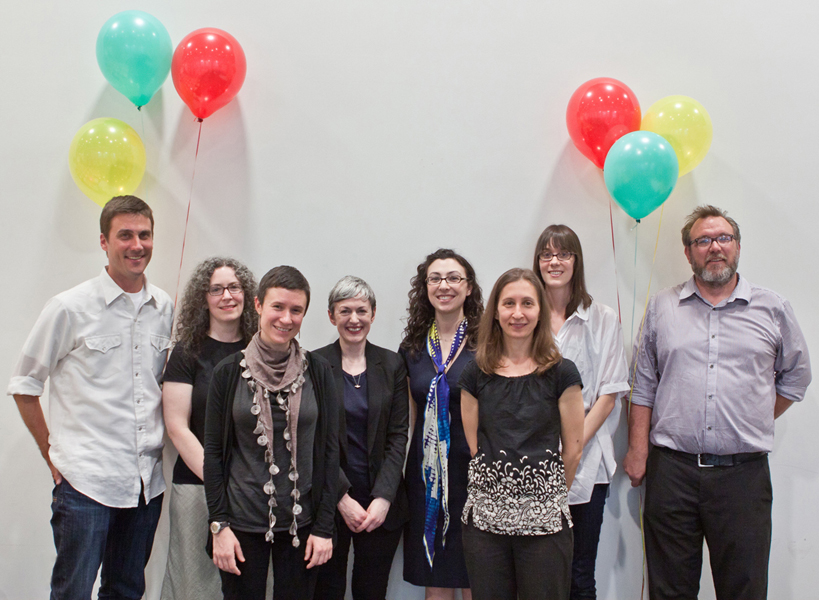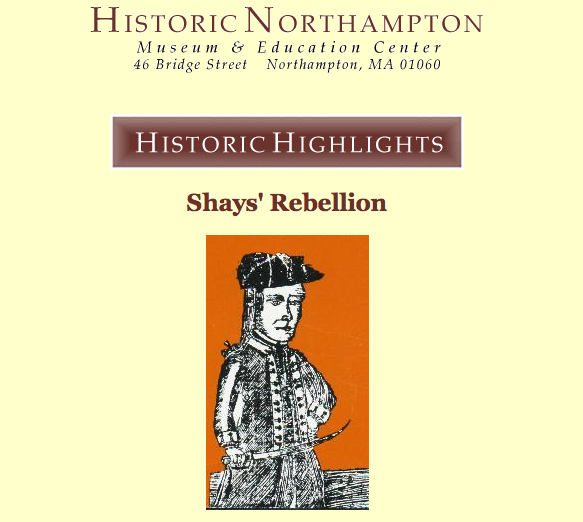(image by KRO-Media via Creative Commons)
By the time we next write, Mother’s Day will have passed, and thinking about it reminded us this morning of J.M. Coezee’s banquet speech, when he won the Nobel Prize for Literature. He pictured running home with his Nobel Prize tucked under his arm to tell his mother, “Mommy, Mommy, I won a prize!” To which he imagined his mother saying, “That’s wonderful, my dear. Now eat your carrots before they get cold.”
Happy Mother’s Day…
__________________
One Last Thing About The Launch
Maybe you’re sick of hearing about the launch, maybe you’re not, so we’ll give you the option of checking out this nice little press release from CUNY. But we know you love pictures of your fabulous community team (+ Jim Groome), so here you go…
________________________
Featured Assignment: Web Evaluation 3c
This week we’re featuring an interesting project undertaken by Peter Catapano’s “History of the United States to 1877,” where students are asked to do a bit of research on a particular subject (Shay’s Rebellion, Indentured Servitude, etc), and think critically about the website that’s giving the information. He even has a rubric to help students think about a site’s contents, currency and credibility. As we all–students and faculty–deal with more and more internet research, it’s critical to all of our departments that these sorts of projects are undertaken with younger students: we are none of us born, it turns out, with an innate understanding of what makes a site reliable or unreliable. It’s a critical project for all disciplines, a kind of literacy that all of us always need to be keeping sharp…
_______________________
Tutorial Update: LaTeX
A few weeks back we created a tutorial to use the WordPress LaTeX plug-in, which allows users to use a set of commands to turn this:
\sqrt{x^2+1}
Into this:
$latex \sqrt{x^2+1}$
Our tutorial is designed for faculty and students who already know LaTeX. But if you’re interested, Jonas Reitz’ has developed an exercise to help students learn how to use it here.
But what if you don’t know the commands that make the equation magically appear? What if you don’t have time to make learning the LaTeX a part of your course? What if you use a equation creator? We think we have a solution, and you can read more about it here.
If you know a better solution or workaround, we’d absolutely love to hear it. Please contact us here at any time.






